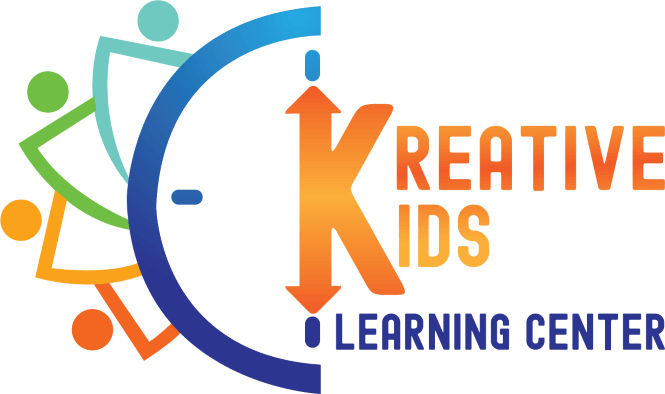The word “culture” is used because it implies the integrated pattern of human behavior that includes thoughts, communications, action, customs, beliefs, values and institutions of a racial, ethnic, religious or social group. The word competence is used because it implies having the capacity to function effectively.

Children are nested in families.

Identify shared goals among families and staff.

Authentically incorporate cultural traditions and history in the classroom.

Individuals and institutions’ practices are embedded in culture.


Acknowledge child development as a culturally driven, ongoing process that involves school and home.

Equalize balances of power, counter stereotyping and bias through intentional teaching.
Ensure decisions and policies embrace home languages and dialects.

Ensure policies and practices embrace and respect families’ cultural values, attitudes, and beliefs toward learning.
How is this physically visible in our program?
- Operate through an anti-bias, sensitive lens. Holidays are celebrated in non-traditional ways; we reject the capitalistic, consumer-driven model.
- Learning environment and materials reflect multi-generations, ethnicities, and cultures
- Labels in the classroom are marked with the first language of all children.
- Parent Advisory Committee completed annually for feedback and to modify practices/environment as appropriate
- Professional development of staff to include cultural competency training and reflection time for staff of intentional culturally competent teaching



